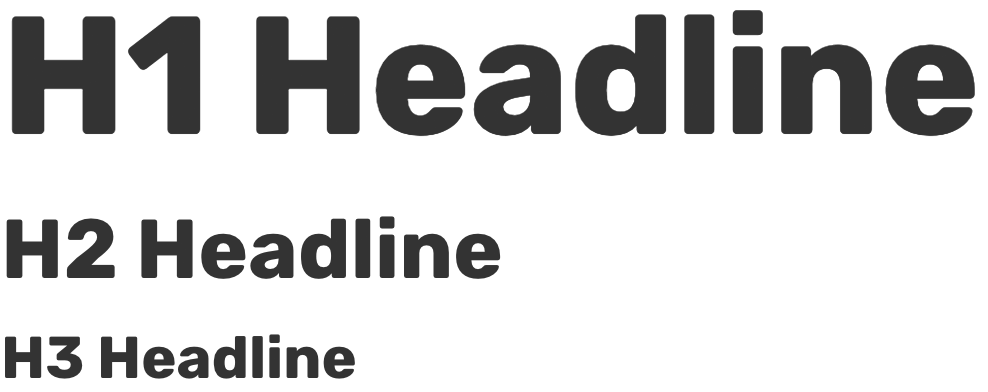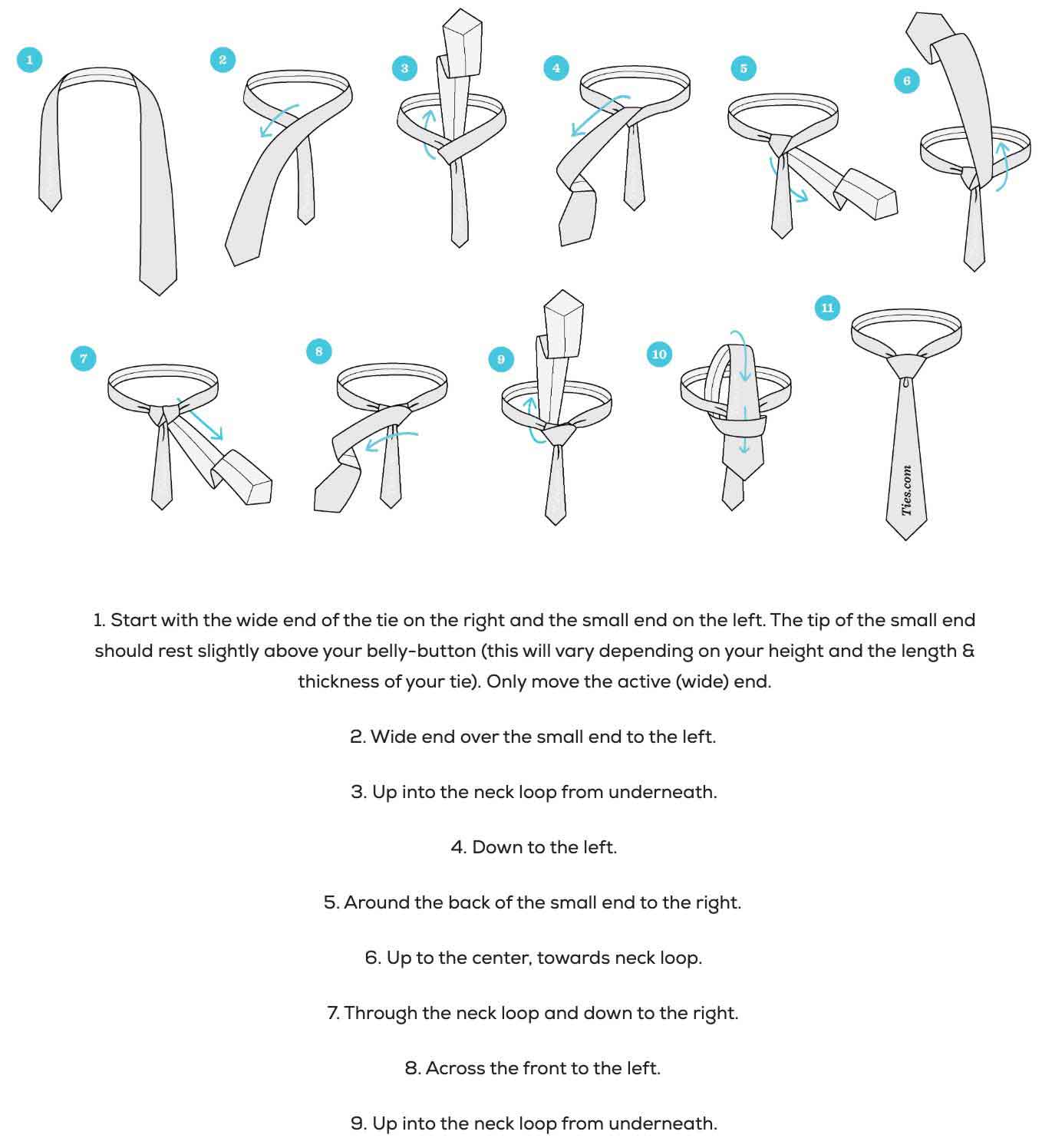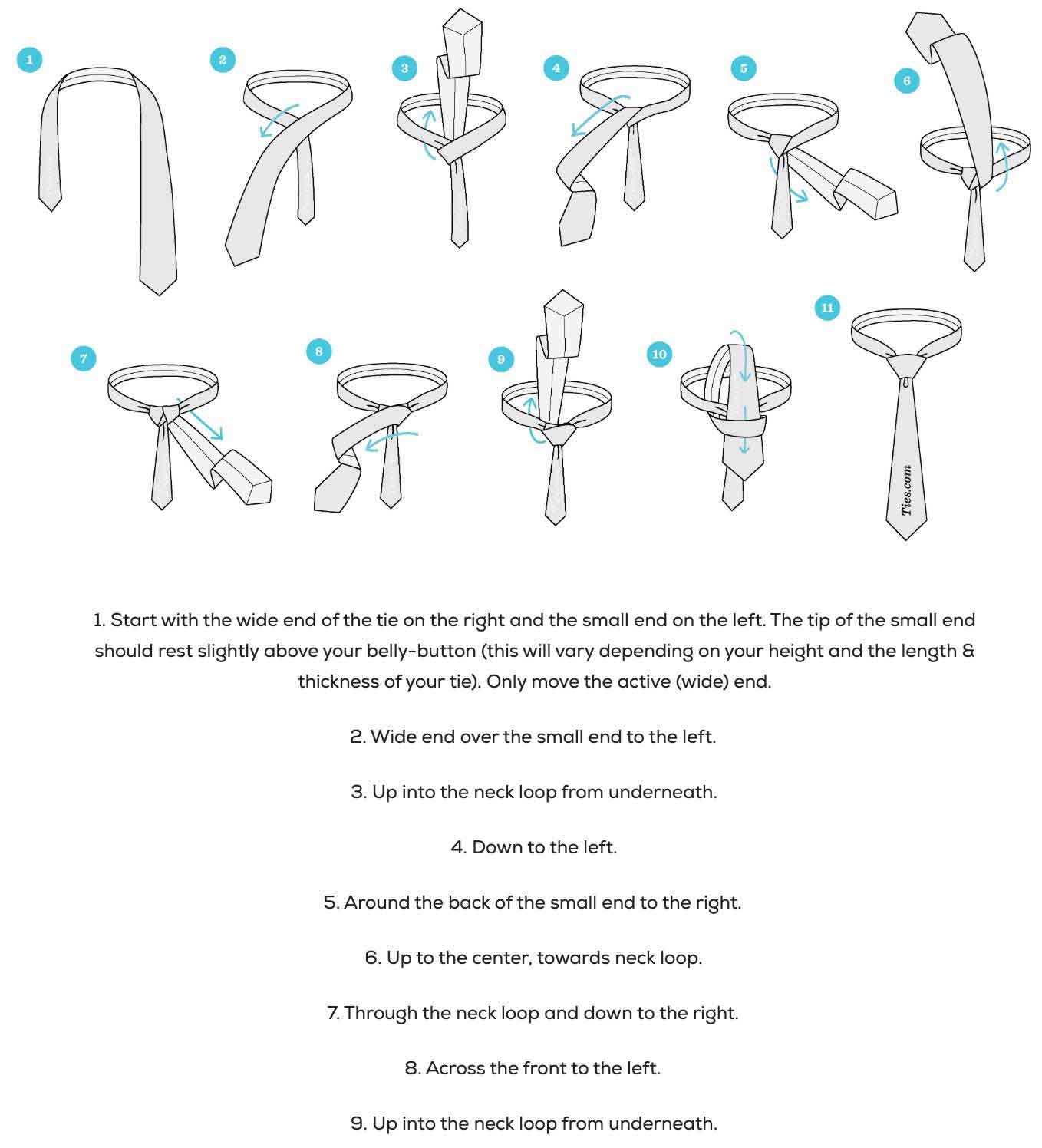Content Structures that Can Amplify Online Visibility

TLDR
No time to read this? Here is a synopsis: Using these nine methods, you can enhance content ranking without traditional SEO. Publish on topically relevant, high-authority websites and use strong, branded titles and headlines. Optimize the first paragraph and descriptions to engage readers. Aim for longer articles and use bullet points for readability. Incorporate rich media to increase dwell time and add schema markup for better search engine visibility. Finally, build quality backlinks to improve ranking and credibility, ensuring your content stands out in search results.
Top things to do to make content more visible in search:
- Publish on the right website
- Choose the right title
- Technical and psychological/clickbait headlines
- The Description gets people to click
- The first paragraph is important
- Page length advice
- Bullets and numbered lists (like this one)
- How rich media increases dwell-time
- Add “schema” to your HTML to get rich results in Google and Bing
Where content is published is key
When you want an article to rank well in search results for a branded search phrase the place you publish the article is important.
Look for the following when choosing where to publish your content:
- Is it topically relevant?
- Is it industry-related?
- Who is the website publisher?
- What is the Domain authority of the website?
The ideal location for an article is on a site that is topically relevant to the entity being written about. For example, if your industry is manufacturing then a good place to post would be a website about manufacturing, but if you can post on an even more niche site that would be even better. For example, if your brand is an automobile manufacturer, then a site specifically about the manufacture of automobiles is the best place to post.
While topical relevance between the content being posted, the industry your brand operates within, and the website publisher is important, another facet is the strength of the site. Site strength can be measured in a few ways. One of the ways sites strength can be measured is that using something called Domain Authority. Domain Authority is a way of measuring the relative strength of various websites. It is based on a scale of one to one hundred. Higher numbers are better. The objective is to use topically relevant websites with the highest possible strength (Domain Authority) on which to publish your articles.
For example, a website with a domain authority of 80 is far more powerful in search results than a similar website with a domain authority of only 20. In other words, a website with a high domain authority has a much higher probability of ranking very well in search results compared to a website with low domain authority. You can measure the domain authority of various websites using a Chrome browser add-in called Mozbar.
The title of the page is extra important
When you are creating branded content that is intended to rank well in search results, it is very important to use the branded search term in the title of the webpage. The title of the webpage is the part that shows up in the browser tab at the top of the search page. It is not the Headline (more about that below). Google and other search engines use the search terms found in the title of the webpage is a very strong indicator as to what the page is all about.
This is what the title of a webpage looks like in HTML:
<title>Example</title>
If the name of your branded entity is Blue Widgets Incorporated, you would want the words “Blue Widgets Incorporated” in the Title of the webpage.
The headline is the second most important
While the website the content is published upon is very important, and the title of the content itself is also very important, the Headline within the content is of great importance as well. The Headline is the largest text at the top of an article. Headlines are classified as H1, H2, H3, etc. An H1 headline is the most important, and then nested within that is the H2 headline and of course, the H3 headline is usually nested within the H2. They relate to each other like this:

Headlines provide an information hierarchy for the page. They tell people and search engines what is most important, second, third, etc. There are also H4, H5, and others, but H1, 2, and 3 are most widely used.
Headlines should contain primary, secondary, and tertiary search terms. For example, if the name of your brand is Blue Widgets Incorporated, and you want the article to rank well for your brand, your page headlines might look like this:
Blue Widget Inc. Saves Kitten from TreeThe good folks at Blue Widget saved a kitten from a tree today using their new Feline Rescuometer. The kitten had been stuck in the tree for two weeks! Thanks to the… The Origin of the Blue Widget Feline Rescu-o-meterThe Feline Rescu-o-meter was the brainchild of Blue Widget founder Kent Campbell. One day while walking his cat, Mr. Campbell heard mewling from high in a eucalyptus tree. He looked up and noticed a kitten high above – but he had no way to reach it. So he went to his garage and began work. Two weeks later he returned to the tree with the Feline Rescu-o-meter and rescued the poor starving animal… How to Build Your Own Rescu-o-meterThe first step is to get a long stick… |
Clickbait headlines should be an influence, not a rule
A “clickbait” headline is one that seems almost irresistible to click. Examples of clickbait headlines include:
- This Is Why You Shouldn’t Try To Outrun A Bear
- This Is What Happens After You Die
- Does It Drink the Blood of Its Enemies?
A Headline is like a direct-mail envelope. Its only job is to get people to click. Clickbait headlines can be annoying, but they do work. While we aren’t suggesting you go full-clickbait, think about what you can do to your headlines that might make people really want to click on them.
The problem with clickbait headlines
Here is the problem with clickbait headlines. If the headline does not align with the expectations of the consumer, they will click back to search results – resulting in a bounce. You may get high volume, but low interaction. Google notices this.
The description also gets people to click
The Description is not very important for search engine optimization purposes because search engines pay little attention to it – but the description is still important as a way to get people to click on your article.
When people look at search results they see a list of links. Below each Headline they see the description. The description is called a “snippet” in search results and is usually pulled from the Description you create. Sometimes Google makes up its own description, but that is beyond your control.
The description and the headline together are what “sell” your article to the person browsing. Think about how you search – when you perform a search you scan the search results looking for the information that will best fit your needs. When you scan search results you read the headline and you read that little snippet below the Headline in search results – the Description – and from there you make your decision as to which result you should click on. The same is true for everyone else as well, they scan the search results and the description you create is what motivates people to click on your search result rather than someone else’s.

The Description should always include the branded search phrase in the description so that people can identify it as being relevant to their search query. If the search phrase contains the phrase they are looking for people are more likely to click it.
The first paragraph tells people and search engines a lot
The first paragraph of any article you create, whether on your own site or someone else’s, should summarize the content of the page so people quickly know whether they want to invest time in reading your content.
It is also important that the first paragraph include any secondary search phrases. For example, if the name of your company is Blue Widgets Incorporated and you want the article to rank well for that phrase – include it in the first paragraph in a place that makes sense. There may be a secondary search phrase as well. For example “Blue Widget Incorporated reviews” or some similar search phrase that supports the main one. This is because the first paragraph seems to be weighted more than others. The further down the page content is placed, the less likely it is to rank.
Page length is also important
According to SEMRush, the average Google first page result contains 1,890 words. Does that mean all of your articles should have that many words? Not necessarily, but when you have the option to make an article that long, or longer, you probably should. In other words, it doesn’t hurt.
Sub-headings and bullets for people and bots
Bullets make things easier and faster to read. They’re also included in Featured Snippets (Position Zero) many times. When possible, and when it makes sense, a best practice is to start an article with a summary and a few bullet points so people can scan the content easily. It’s something like a table of contents. Aside from making things easier to read for people, Google also responds well to bullets and numbered lists. The example below shows an article that uses a numbered list to show how to tie a tie:
A numbered list on the webpage…

Sometimes shows up in search results like this:
Note how a numbered list is used. Now, see how Google shows this page in search results:

Rich media can increase dwell-time
The time people spend on your article is important. Google measures the amount of time someone performing a search stays on the page. For example, if you perform a search and then click on a specific result, browse the page for a few seconds and then click back to your search – you’ve “bounced”. That tells Google that whatever was on that page probably wasn’t a good match to the search query because you “bounced” away from the result without spending time on it.
However, if you can provide rich content such as video or compelling long-form content that we’ll keep someone on the page for an extended period of time it can often send positive signals to Google that may result in higher rankings for your article.
So, do what you can to get people to”stick” on the page for as long as possible. It’s an indicator that your article is of high quality and deserves higher rankings.
Add schema to web page HTML
When you add micro-data, or schema, to the HTML of your web page search engines read it and will often add special search result features to your listing. Types of schema often used for this type of SEO include:
- Organization schema
- Website schema
- FAQ schema
- Author schema
- Blog post schema
One of our favorites can get Google to add Frequently Asked Questions to your brands’ search results like this:

You can learn more about schema on the official site here.
Finally, build links
Once an article has been created that meets the guidelines discussed above, you can begin link building. Each link coming to your article from a different website, especially websites that are topically relevant to the content you created, is considered a “vote” by Google that your article is worthwhile. The more very high quality inbound links you can cause to be created to your article, the better.
You can learn more about how to run a successful SEO campaign here.
SEO rank FAQs
How can I make my articles rank better in Google?
Publish on the right website. Choose the right title, description, and intro paragraph. Make sure your article is long enough to adequately cover your topic but is also easy to read by using bullets and numbered lists. Add schema to your HTML.
Where should I publish my article?
The ideal location for an article is on a site that is topically relevant to whatever you are writing about. For example, if your industry is manufacturing then a good place to post would be a website about manufacturing.
What is dwell time?
Dwell time is the amount of time people spend on your article. Google measures the amount of time someone performing search stays on the page.
Tags: Corporate Reputation, Reputation Management, Reputation Marketing.
